Mono-Blue Faeries Deck Tech & Sideboard Guide
.webp)
Table of Contents
Mono Blue Faeries Pauper Deck Overview

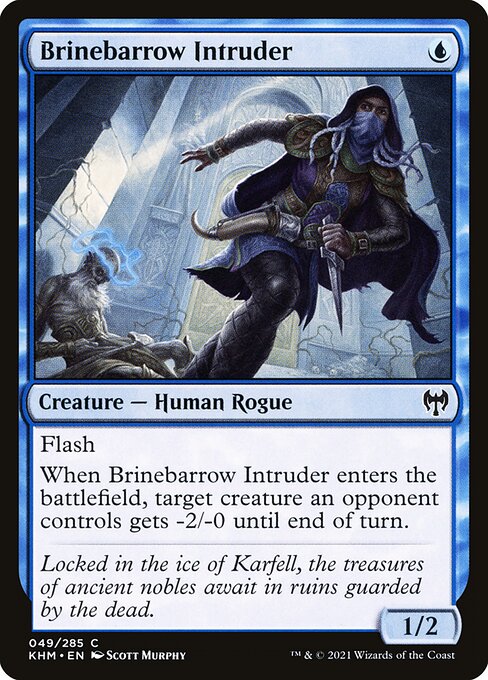
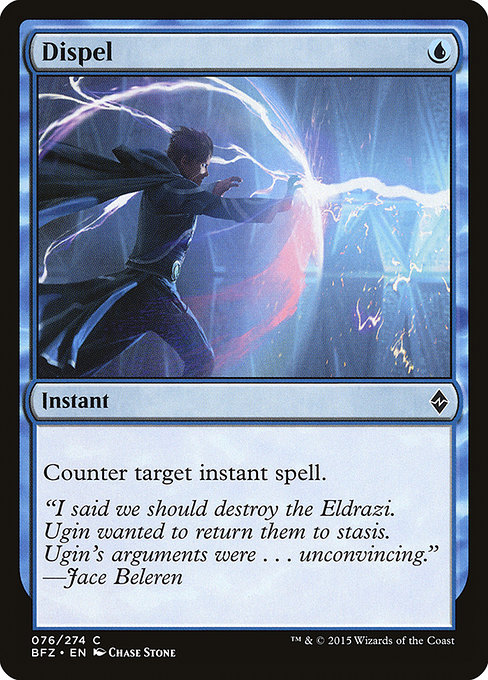
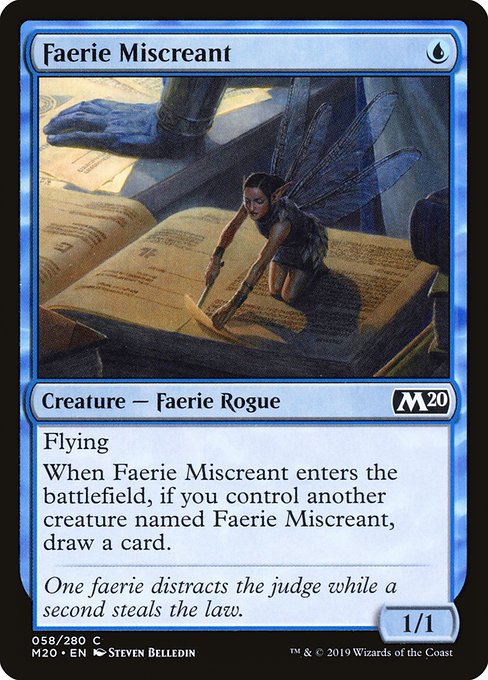
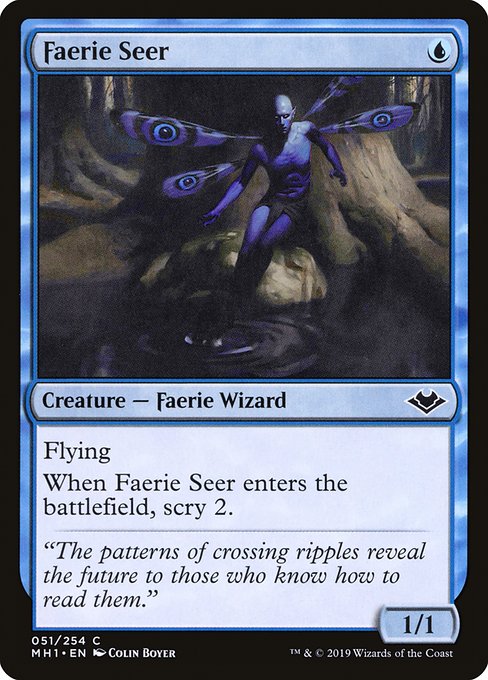
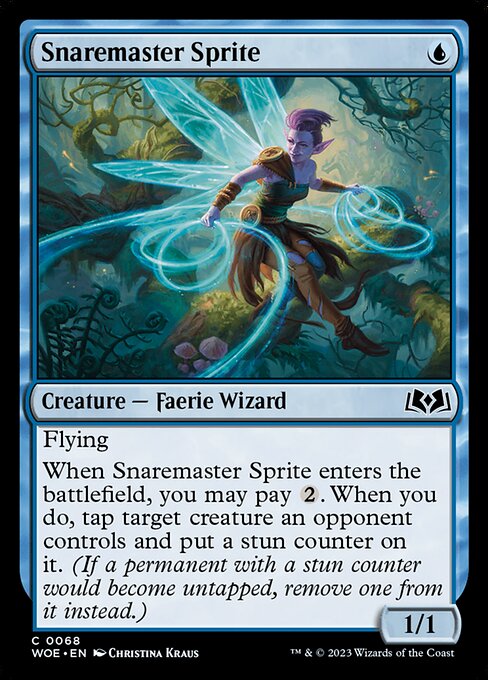
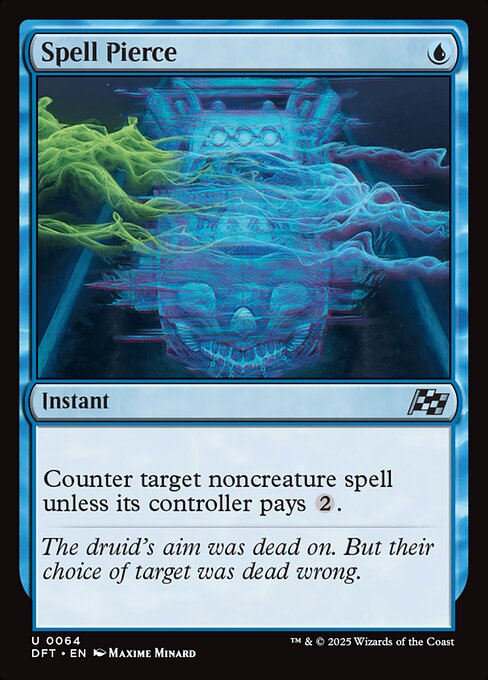
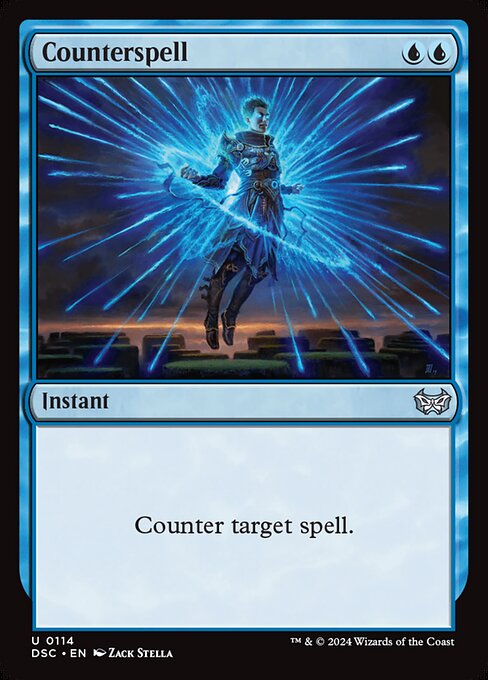
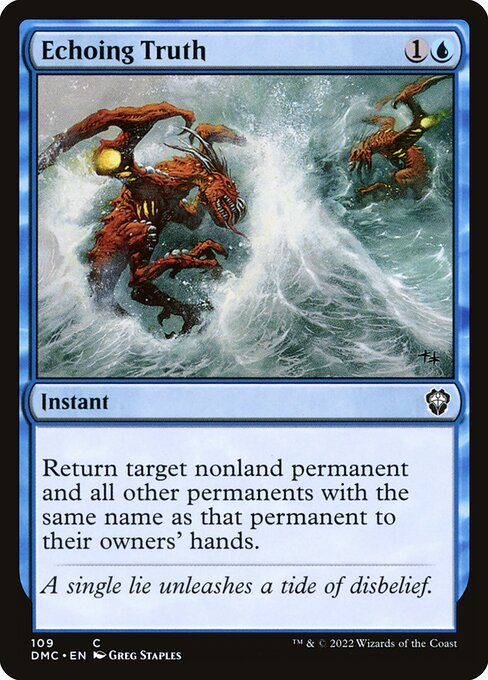
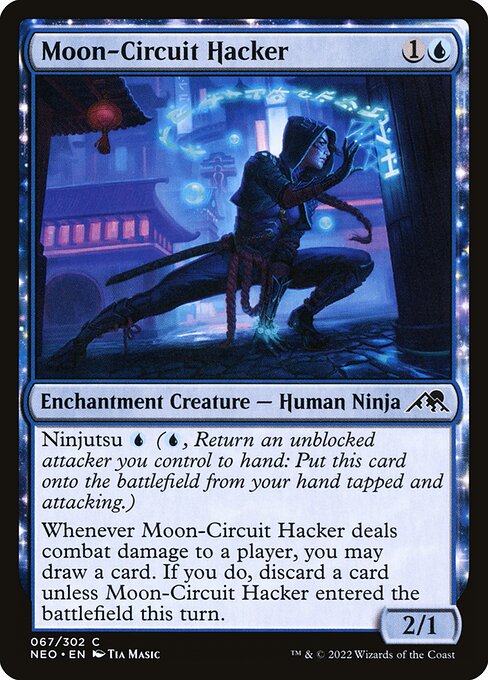
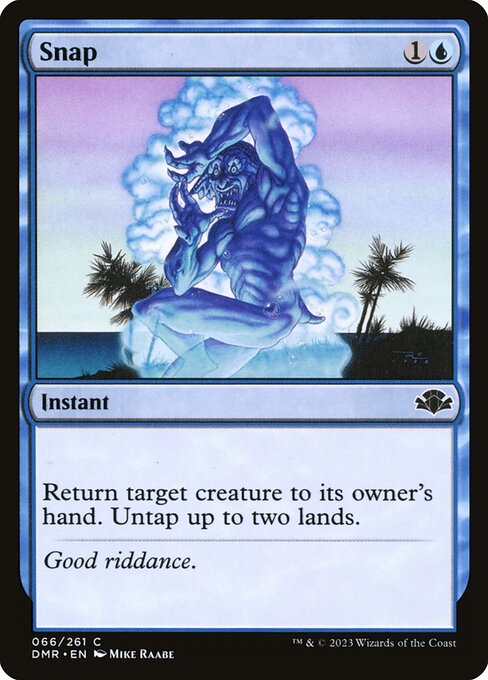
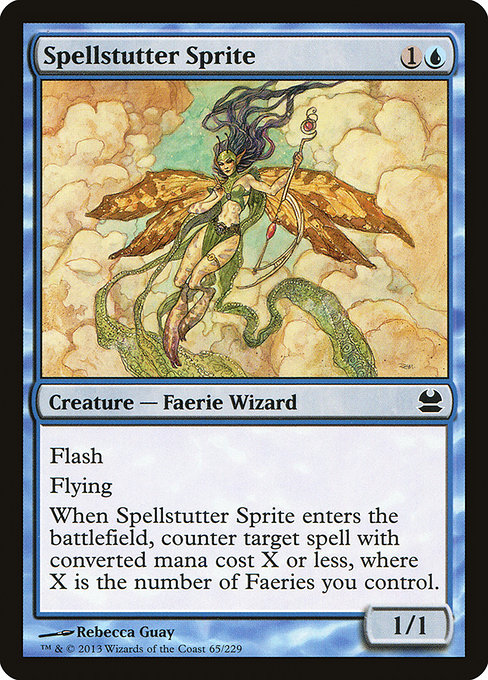
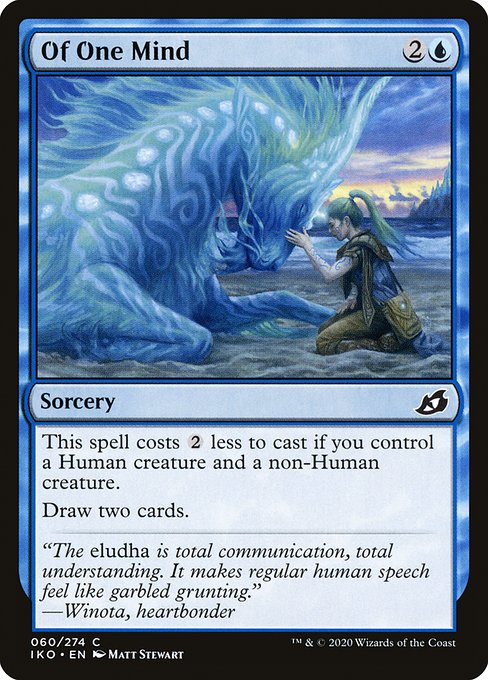
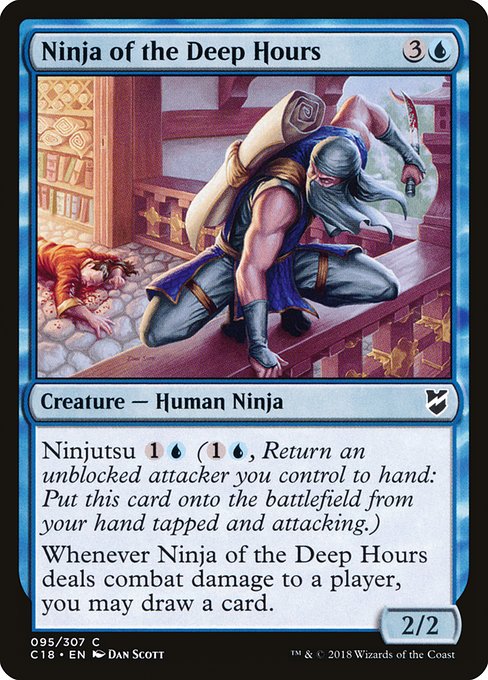

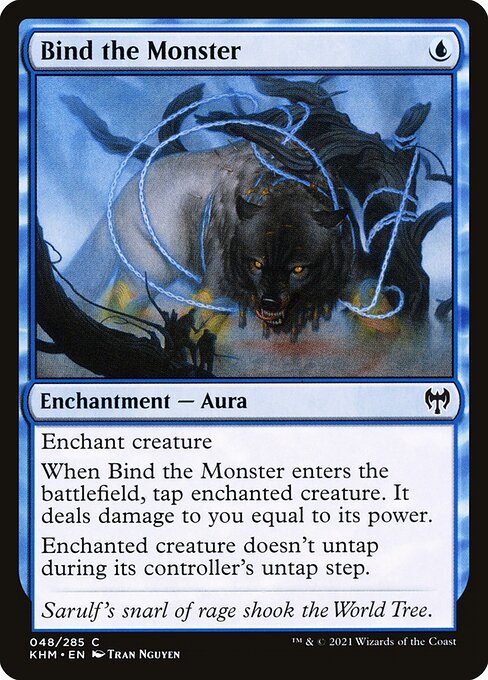

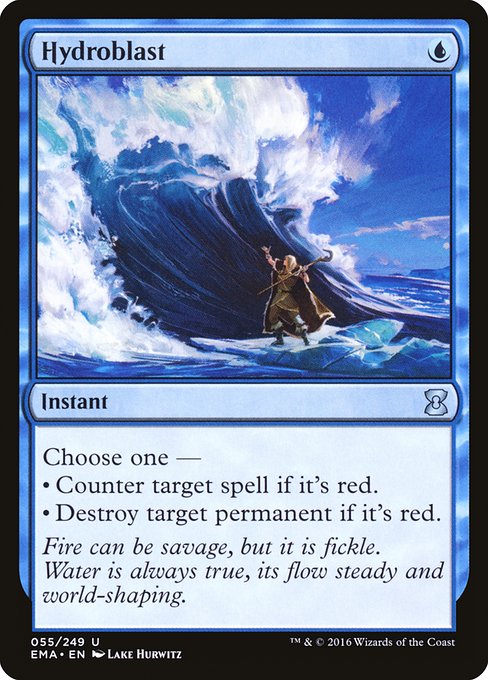

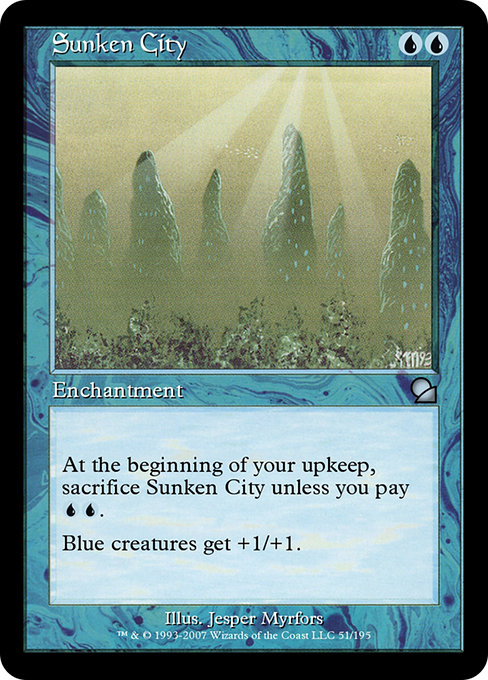
A Brief History of Mono Blue Faeries in Pauper
Over time, key cards have been added and removed from Mono Blue Faeries in Pauper to maintain balance and diversity within the format.
[cards]{{Cloud of Faeries}}{{Splinter Twin}}[/cards]
The first major shake-up came when Wizards of the Coast banned [card]Cloud of Faeries[/card] in Pauper, alongside [card]Splinter Twin[/card] in Modern. At the time, blue decks were overwhelmingly dominant, with nine of the ten most-played nonland cards in the format being blue.
[cards]{{Sunscape Familiar}}{{Snap}}[/cards]
Esper Familiars exploited cost-reduction creatures like [card]Sunscape Familiar[/card] and "free spells" like [card]Cloud of Faeries[/card] and [card]Snap[/card] to generate infinite mana with bounce lands. This led to repetitive loops using [card]Ghostly Flicker[/card], [card]Mnemonic Wall[/card], and [card]Sage’s Row Denizen[/card] to mill opponents out, making it nearly impossible for non-blue decks to compete.
[cards]{{Gush}}{{Daze}}{{Gitaxian Probe}}[/cards]
Later, in May 2019, Wizards took further action by banning [card]Gush[/card], [card]Daze[/card], and [card]Gitaxian Probe[/card] to rein in blue’s power—especially [card]Blue-Black Delver[/card], which was dominating MTGO with a 55% win rate. These free spells, combined with one-mana cantrips like [card]Ponder[/card] and [card]Preordain[/card], made blue decks too efficient and difficult to counter. Rather than banning the cantrips, which define Pauper’s identity, Wizards instead removed the free spells that enabled these unfair advantages.
For a while, blue decks remained strong but manageable. Cards like [card]Thorn of the Black Rose[/card] helped them maintain an edge, but not to a degree that warranted action. That changed with the introduction of [card]Fall from Favor[/card].
[cards]{{Fall from Favor}}[/cards]
Historically, Mono-Blue strategies struggled with one key weakness: a lack of reliable removal. Players often splashed black to compensate for this. [card]Fall from Favor[/card] changed everything. While Stun effects are usually underwhelming, this one was different. Not only did it remove a threat, but it also granted the monarch, creating a steady flow of card advantage. Even if an opponent managed to reclaim the monarch, blue’s evasive flyers could easily take it back. This led to a significant imbalance, and [card]Fall from Favor[/card] was banned in January 2021.
[cards]{{Moon-Circuit Hacker}}{{Snaremaster Sprite }}{{Bind the Monster}}[/cards]
Since then, Mono-Blue Faeries has continued to evolve, gaining new tools that enhance the deck without breaking it. One of the most notable additions was [card]Moon-Circuit Hacker[/card], which provided a cheaper ninjutsu activation and steady card advantage, further cementing the deck’s place in the Pauper meta. Today, Mono-Blue Faeries remains a defining archetype in the format, balancing tempo, card draw, and efficient creatures in a way that continues to shape Pauper gameplay.
Best Card Choices for Mono Blue Faeries in Pauper
Mono Blue Faeries is built around a core of cheap, flying creatures that generate value alongside a suite of counterspells and bounce effects. The deck's strength lies in its ability to efficiently use its mana each turn, ensuring that it stays ahead in both resources and board presence. Let’s now talk about the card that makes this strategy possible.
The Creatures
[cards]{{Faerie Miscreant}}{{Faerie Seer}}[/cards]
The deck’s creature base is small but incredibly effective. [card]Faerie Miscreant[/card] and [card]Faerie Seer[/card] provide early pressure while also offering extra value. [card]Faerie Miscreant[/card] rewards you for running multiples by drawing a card when another copy is in play, while [card]Faerie Seer[/card] sets up your draws with its scry ability.
[cards]{{Spellstutter Sprite}}[/cards]
[card]Spellstutter Sprite[/card] is the real star, countering small spells while also adding to the board.
[cards]{{Ninja of the Deep Hours}}{{Moon-Circuit Hacker}}[/cards]
A key synergy in the deck is between [card]Spellstutter Sprite[/card] and the ninjutsu creatures. Since [card]Spellstutter Sprite[/card] has flash, you can often use it to counter an opponent's spell and then return it to your hand with [card]Ninja of the Deep Hours[/card] or [card]Moon-Circuit Hacker[/card]. This not only helps you draw more cards but also allows you to reuse [card]Spellstutter Sprite[/card] for additional counterspell value. The ability to constantly cycle between these creatures makes the deck incredibly frustrating for opponents to deal with, as they always have to play around potential interaction.
The Card Advantage
[cards]{{Of One Mind}}{{Ninja of the Deep Hours}}[/cards]
One of the deck’s greatest strengths is its ability to keep the cards flowing. [card]Of One Mind[/card] is an excellent source of card draw, often costing just one mana thanks to the deck’s mix of Human and non-Human creatures. The ninjas, especially [card]Ninja of the Deep Hours[/card], allow you to pick up enter-the-battlefield creatures like [card]Faerie Seer[/card] to get repeated value. This means that every attack can potentially net you extra cards, giving you the long-term advantage over slower decks.
The Interaction Spells
[cards]{{Counterspell}}{{Dispel}}{{Spell Pierce}}[/cards]
Mono Blue Faeries thrives on controlling the board with counterspells and bounce effects. [card]Counterspell[/card] is a staple, providing a hard counter to almost anything. [card]Spell Pierce[/card] and [card]Dispel[/card] offer cheap protection against removal and other instant-speed threats.
[cards]{{Snap}}{{Echoing Truth}}[/cards]
[card]Snap[/card] is an incredible tempo play, bouncing an opponent’s creature while untapping your lands, often allowing you to cast another spell in the same turn or holding counter magic when needed. [card]Echoing Truth[/card] is another useful tool for bouncing multiple copies of the same permanent, which can be devastating against pesky permanents that would not be able to remove otherwise, or the popular [card]Kuldotha Rebirth[/card] tokens.
Tips and Tricks for Playing Mono Blue Faeries in Pauper
Be Patient with Your Spells – Always consider whether you need to counter something immediately or if you can afford to wait and develop your board first.
Maximize Ninjutsu – Try to return creatures with enters-the-battlefield abilities when using [card]Ninja of the Deep Hours[/card] or [card]Moon-Circuit Hacker[/card]. This lets you reuse [card]Faerie Seer[/card]’s scry or [card]Faerie Miscreant[/card]’s card draw.
Use [card]Snap[/card] Effectively – Since [card]Snap[/card] untaps your lands, it’s often best used when you have counterspells in hand, allowing you to remove a threat while still keeping up mana for interaction.
Playing threats at the end of your opponent’s turn is crucial. Since your creatures have flash, you can use them to set up a potential [card]Ninja of the Deep Hours[/card] on your next turn. In mirror matches, this is especially important, as your opponent will need to spend resources preventing these creatures from resolving. Otherwise, your ninjas could take over the game through sheer card advantage.
If no blocks are declared, you can swap ninjutsu creatures between the battlefield and your hand as long as you have the mana to do so. This is particularly useful after blocks are made—if you put a ninja into play only to realize it will get killed by spot removal, a second ninjutsu creature can be used to protect the first.
A neat trick occurs when you have plenty of mana but only one ninjutsu creature in hand, along with multiple unblocked creatures with strong enter-the-battlefield effects. In this scenario, you can hold priority and activate ninjutsu for each creature you want to return, using just a single ninjutsu creature. Timing is critical here, as none of the ninjutsu abilities should resolve until you’ve set up the entire sequence.
Optimizing Your Mono Blue Faeries Sideboard
The sideboard is where you can fine-tune Mono Blue Faeries to handle different matchups. Since the main deck is focused on counterspells and tempo, the sideboard gives you more specialized tools against aggressive decks, control matchups, and problematic permanents.
[cards]{{Hydroblast}}[/cards][card]Hydroblast[/card] is one of the best sideboard cards in Pauper, giving you a one-mana answer to any red spell. Against decks like Burn and red-based aggro decks, this is invaluable for countering [card]Lightning Bolt[/card] or removing hard-to-deal threats like [card]Makeshift Munitions[/card]. Without life gain, Burn can be a tough matchup, so having efficient answers makes a big difference.
[cards]{{Bind the Monster}}[/cards][card]Bind the Monster[/card] is a great answer to large creatures that slip through your counterspells. It efficiently locks down a creature while keeping your mana open for other plays, making it especially useful against aggressive decks like Stompy or threats you won’t be able to kill otherwise as it is [card]Writhing Chrysalis[/card]. While it costs you some life, it’s often worth it to neutralize a key threat early on and keep up the tempo in your favor.
[cards]{{Cogwork Wrestler}}[/cards][card]Cogwork Wrestler[/card], on the other hand, is an excellent answer to decks that rely on small creatures to mitigate the damage. It effectively works as another card you can add along with [card]Brinebarrow Intruder[/card].
[cards]{{Annul}}[/cards]
[card]Annul[/card] is an efficient counterspell against artifact and enchantment-heavy decks like Affinity and Bogles. Since Affinity can flood the board with threats quickly, having a one-mana counter for their artifact creatures or [card]Makeshift Munitions[/card] can be game-changing. Against Bogles, countering a key aura can severely limit their offensive power, making [card]Annul[/card] a must-have in certain matchups.
[cards]{{Relic of Progenitus}}[/cards]
Since graveyard reliant decks like Dimir Terror or Jund Dredge are somewhat popular on the format, we need a dedicated piece of hate on our end, and [card]Relic of Progenitus[/card] is the best for the job.
[cards]{{Sunken City}}[/cards]Last but not least, [card]Sunken City[/card] is a way to push through extra damage in matchups where your creatures need to close out the game quickly. Against other blue decks or control matchups, it forces the opponent to react faster, giving you a way to race them in damage while making your small Faeries more threatening.
It is also an optional card to bring against mono-red synthesizer against [card]End the Festivities[/card] to render it useless.
Each of these cards helps shore up weaknesses in certain matchups, making your deck more adaptable. Knowing when to bring in each piece will give you an edge in tournaments and casual games alike.
Mono Blue Faeries Pauper Sideboard Guide
The following are suggestions on how to approach games with the deck, though they clearly reflect my own preferences based on my personal experience with the deck, so you’ll notice some different recommendations here than what you might be used to.
Mono Red Aggro
IN: 4 [card]Hydroblast[/card], 1 [card]Cogwork Wrestler[/card]
OUT: 2 [card]Snaremaster Sprite[/card], 2 [card]Snap[/card], 1 [card]Of One Mind[/card]
With no life gain, mono-red can be tricky and because of that we add the full suite of [card]Hydroblast[/card] and a [card]Cogwork Wrestler[/card] to handle their little creatures. Always make sure to keep a check on your faerie count when trying to counter spells with [card]Spellstutter Sprite[/card], as they can remove it from the battlefield with its trigger on the stack, reducing your faerie count to zero and rendering the counter effect useless.
Gruul Ramp
IN: 3 [card]Bind the Monster[/card],1 [card]Hydroblast[/card]
OUT: 4 [card]Brinebarrow Intruder[/card]
Gruul Ramp is another tough matchup since you have very few ways to interact with a turn-one enchantment. Keeping up [card]Spell Pierce[/card] on the play is incredibly valuable—you wouldn’t believe how impactful it is. If their ramp spell resolves, they can reach three mana by turn two, which can be difficult to deal with if your only response is a Spellstutter Sprite. Because of this, I prefer to hold up mana rather than playing a [card]Faerie Seer[/card] on turn one when facing this deck.
Grixis Affinity
IN: 3 [card]Annul[/card], 2 [card]Hydroblast[/card]
OUT: 2 [card]Brinebarrow Intruder[/card], 2 [card]Snaremaster Sprite[/card], 1 [card]Snap[/card]
While [card]Krark-Clan Shaman[/card] does nothing against our Flyers, [card]Makeshift Munitions[/card] can prove to be troublesome once it's resolved, especially in a deck like Grixis Affinity with a high density of artifacts. Because of this, I highly encourage adding a couple of [card]Hydroblast[/card] post sideboard.
Dimir Faeries
IN: 1 [card]Cogwork Wrestler[/card], 1 [card]Sunken City[/card]
OUT: 2 [card]Snaremaster Sprite[/card]
Essentially, Dimir Faeries is a mirror match, so we made a few adjustments to get a slight edge, especially against [card]Suffocating Fumes[/card].
Wrap Up
Remember, Mono Blue Faeries is a deck that rewards careful play and smart decision-making. With practice, it can be one of the most rewarding decks in Pauper, allowing you to outmaneuver your opponents and keep control of the game!
Thanks for reading.
If you’d like to support the blog and my YouTube channel, you can do so for just $1 a month on Ko-fi or through YouTube memberships. That gets you access to our Discord community and behind-the-scenes content — and it helps me keep creating more Pauper content for you all.


.png)

.jpg)
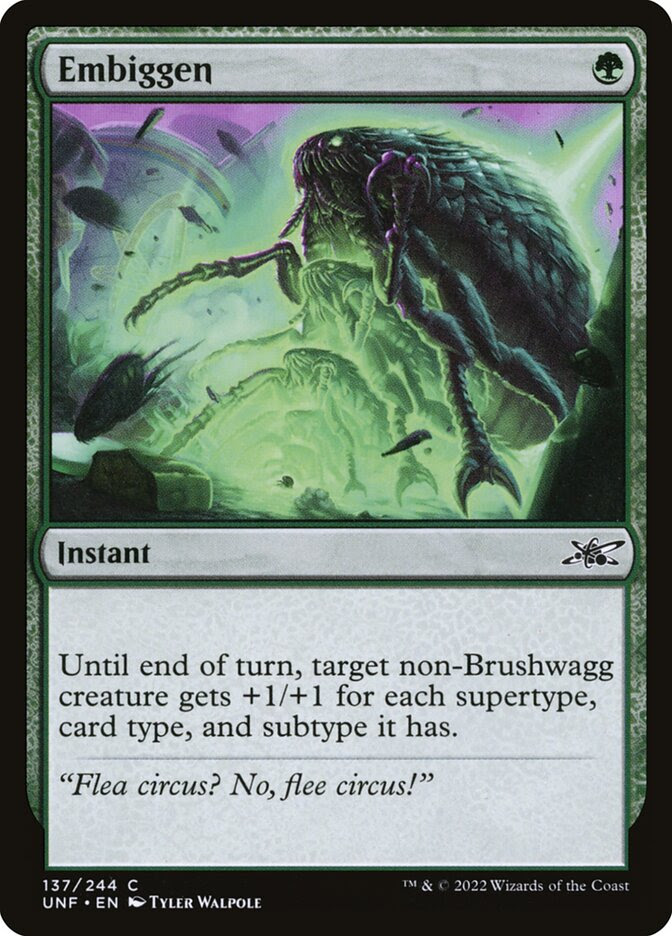
.jpg)
Comments
Post a Comment